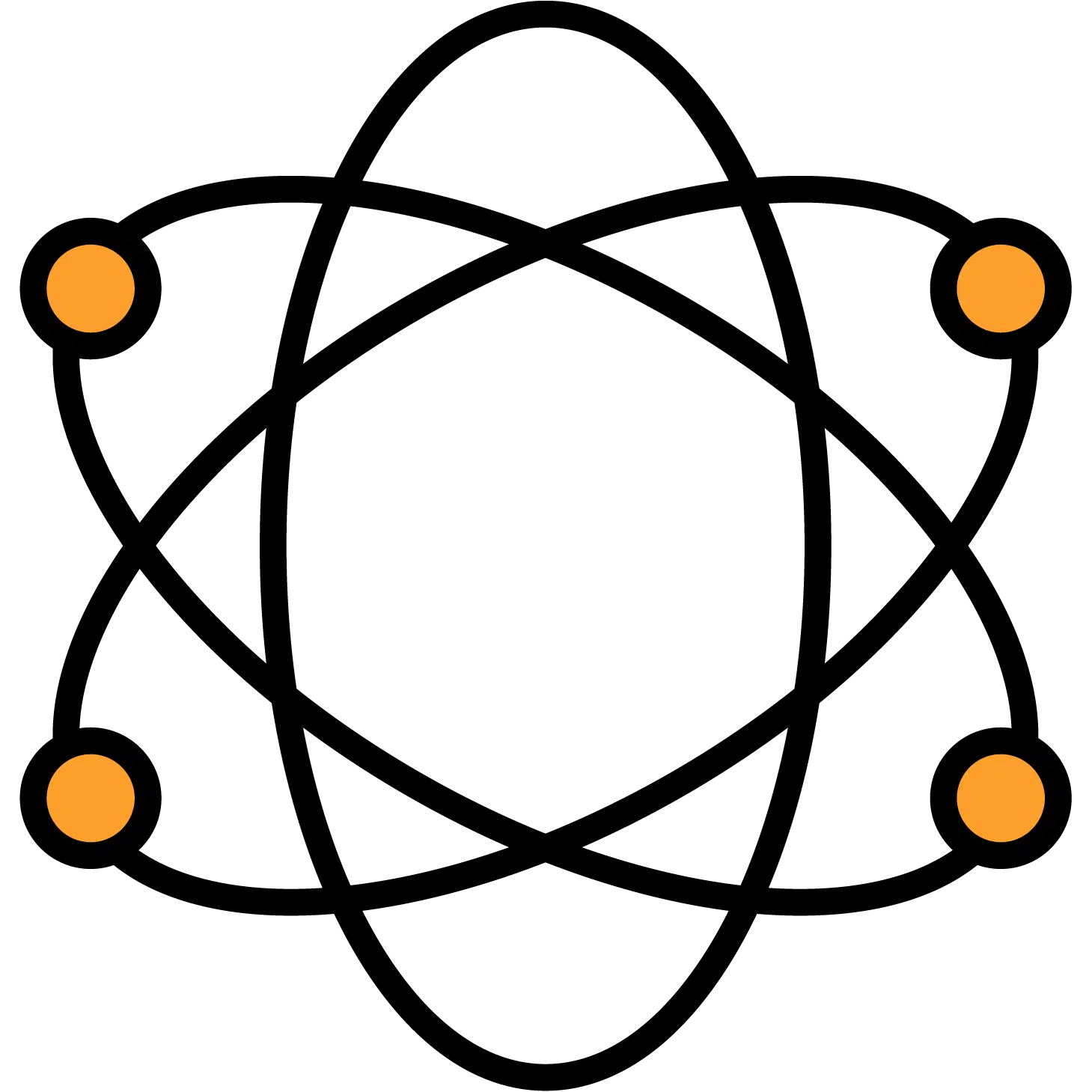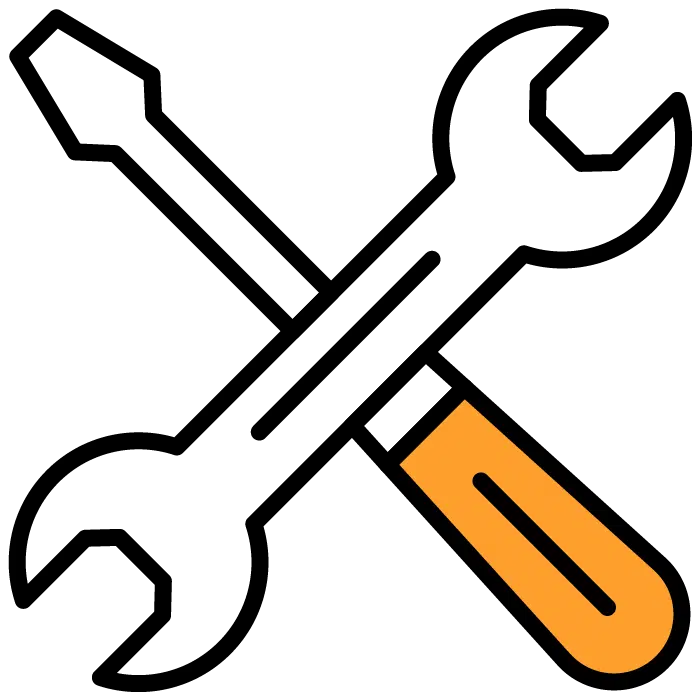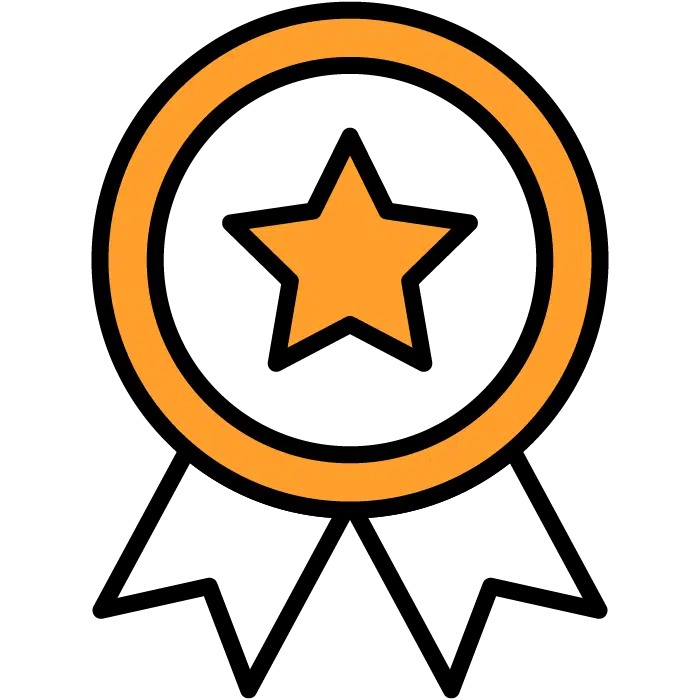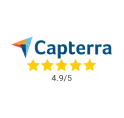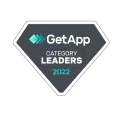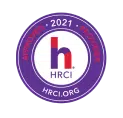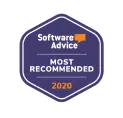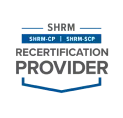6 Steps of Talent Acquisition
If you are new to the industry, you may find that the talent acquisition process can be daunting. The process involves multiple small steps that can take a few days to several months to finish. Today, we are looking at the six main steps in the talent acquisition process and how they work together, and we also included a talent acquisition flowchart at the end of this article.
1) Lead Generation
The process starts with lead generation. The easiest way to procure leads is to be active in the industry in which you hire. Activities may include industry conferences, community events, or social media. The goal is to attend events where highly skilled and qualified employees will be present.
Sometimes these networking sessions will land you great talent simply by word of mouth. It is imperative to have a public presence because hiring managers rarely know when they will come into contact with future employees.
Candidate sourcing is dynamic, and leads can be generated in various ways. Remember that you are a representative of the company and actively create leads with every conversation. Once you begin the journey of generating leads, we move on to the next step of attracting and recruiting candidates.
2) Attracting and Recruiting
You are actively attending networking events and creating a social media presence, so now what? You want to work on how you portray your company to the world. Creating and implementing a strong employer brand is key to success in the recruitment process.
When you create your job description be sure to include a detailed description of the job. In the description include information about the company’s brand and culture. This allows potential employees to picture themselves working at your company.
Utilizing social media is key to being successful in sourcing candidates. To successfully use social media you must have diversification of content. This can range from educational content to interactive content in the form of blogs, videos, surveys, and more.
It is important to post regularly. Companies have made social media calendars to assist talent teams with content ideas. The calendar may be simple such as each Thursday spotlights one position within the company.
Creating a premade, weekly, or monthly, calendar with content ideas allows for daily, regular postings and keeps managers from having to think about what topics to cover in posts. Once you have crafted the attracting and recruiting step, we move on to interviewing and assessing.
3) Interviewing and Assessing
Congratulations, you have successfully attracted potential candidates. Now is the time to conduct interviews and pre-employment assessments to help with the decision-making process.
There are two types of software systems that substantially improve this step of the talent acquisition process: one-way video interviewing and employee assessments.
One-Way Video Interviewing
The easiest way to accommodate candidates and increase efficiency during the hiring process is with one-way video interviewing. This software allows for a manager to send an interview link, with an introduction video, to the candidate. The candidate will then record themselves answering questions that were sent over in the interview link at their convenience. The hiring manager can review the video whenever they have time and can even watch the interview multiple times during the decision-making process.
Employee Assessment Software
Oftentimes, managers will find that they have two excellent candidates for a position. The best way to make a final decision is to compare all interview notes and employee assessments.
If you find yourself hiring for skilled positions, pre-employment assessments are a great help during the selection process. These can be skills tests or even personality assessments. The list of assessment topics is endless.
Overall, utilizing software is a huge help in the interviewing and assessing step. Software is incredibly helpful in the next step too.
4) Reference Checking
Automation has become increasingly popular in the last few years. When we can automate tasks, we inevitably free up time to focus on other tasks. Nearly 87% of business owners and hiring managers do not check references due to time restraints.
Checking references is an incredibly important task because it allows you to hear what others think about the candidate you are considering for hire. You can learn about their strengths and weaknesses as well as how they interact with others. By having reliable feedback you can assure that you find the best candidate for the position.
Automated reference checking takes away the hassle of tracking down references while also improving the likelihood of hiring top talent. This software allows candidates to enter their reference information. A link will be forwarded to the reference so that they can provide feedback at their convenience then managers can review the feedback in real time.
This brings us to the next step of making final selections.
5) Final Selections
In this step of the process, you will need to gather all of your interview notes and assessments. The best way to do this is by using an applicant tracking system or ATS. This system seamlessly tracks all applicants throughout the recruiting, assessing, and interviewing process. All of the applicant’s information such as resume, assessment results, and all manager notes will be available in one location.
This software allows you to review the entire process for one individual applicant. You can create candidate scorecards to keep track of each manager’s notes as well as how well they score based on predetermined attributes such as skills or experience.
So far, you have successfully sourced, interviewed, and made a decision on which candidate to hire. Next, we look at the hiring and onboarding process.
6) Hiring and Onboarding
You made an offer and the candidate accepted! Now is the time to bring them in to complete all necessary paperwork. During the onboarding process is the time to talk about details that may not have been mentioned in the interviewing process.
Topics such as getting paid, time off requests, setting up benefits, etc. This is the time for you to tell the employee anything they need to know about how the company works. It is important to streamline the onboarding process, not only for efficiency but to continue building a relationship with that candidate.
Make sure to let the employee know how to contact you in case questions arise after they leave the onboarding session. Make sure you are available but know that you don’t need to know the answer to every question. Simply make sure you are reachable and can get back to the employee once an answer is found.
How the Steps from the Talent Acquisition Flowchart Connect
In the talent acquisition flowchart, each step of the TA process flows into the next. It is important to remember that steps like sourcing can take longer than the step of pre-employment assessments. There is nothing wrong with that!
The process flows in one general direction and inadvertently, you will lose candidates along the way. Some candidates will not meet the job requirements while others may simply lose interest along the way. Below is the talent acquisition flowchart diagram that represents how each step flows into one another.
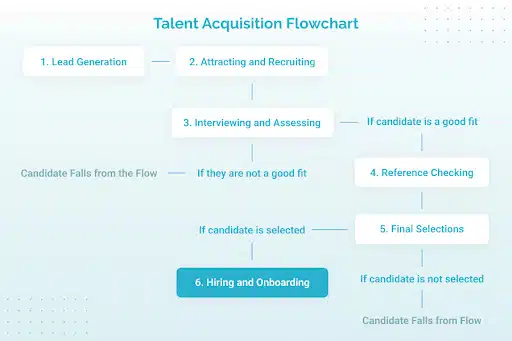
Improve the Hiring Process with Discovered
Large and small businesses alike find success with Discovered. We have an obligation-free trial that allows you to create a custom pre-employment assessment. This trial includes a personal call to discuss your specific hiring needs. Then leads to product recommendations that will help you meet your acquisition goals.
If you are looking to improve your talent acquisition process but aren’t sure where to start, book a demo today. To speak with a member of our customer support team give us a call at (833) 332-8378.
